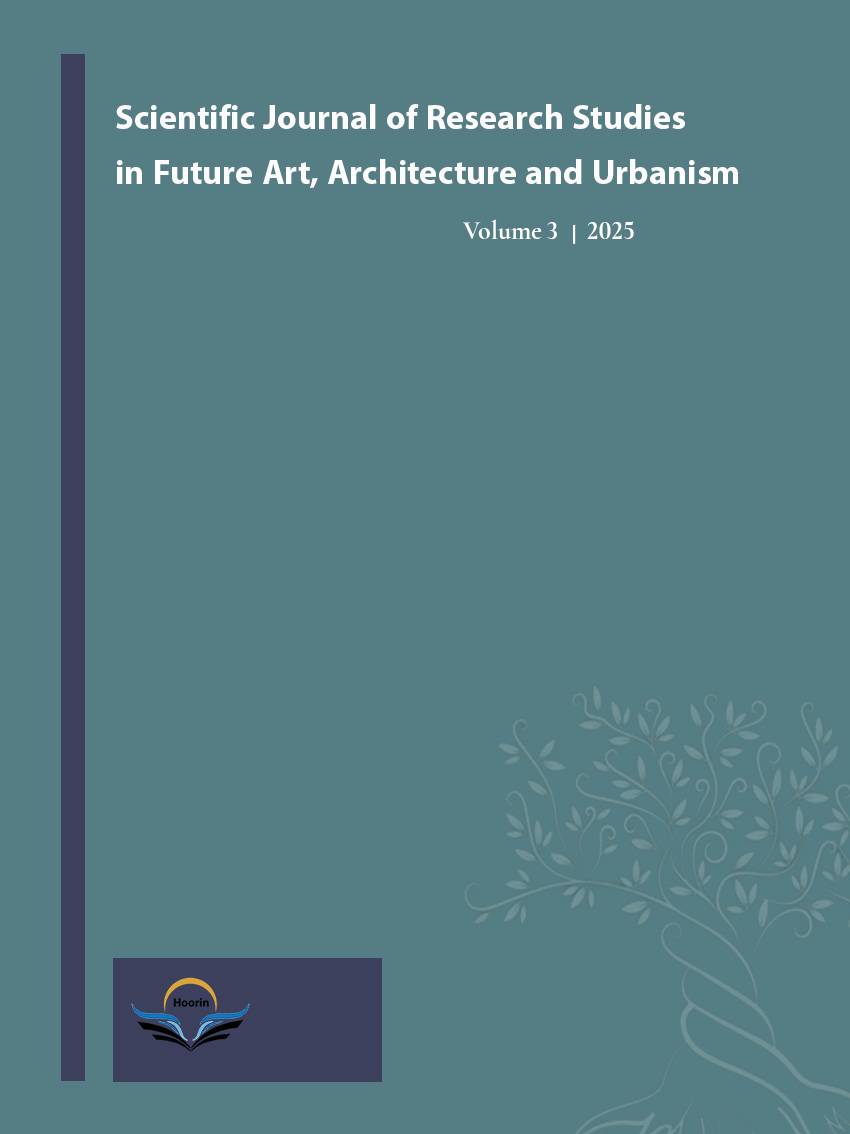Interior design of Sheikh Safi Al-din Ardebili’s tomb for the benefit of the elderly and te physically disabled
Keywords:
Ardebil, Sheykh Safioldin Ardebili, Traditional Architecture, Erderly, DisabledAbstract
The holy shrines of Ardabil, due to belonging to the flourishing period of the Safavid dynasty, are among the exquisite examples of this period. Today, giving importance and value to the elderly and the disabled, especially in public spaces, is not hidden from anyone. It is very important what kind of mental image the architectural space creates in the minds of the elderly and the disabled. Considering that the destruction of traditional buildings and decorations used in them is one of the problems of the region's architectural heritage, the need to study, analyze and record the decorations and features of traditional Iranian architecture to preserve and transfer to the future is more important than ever. By photographing and capturing the existing spaces, the necessary ground can be provided for future studies. By registering and updating these works, it is possible to recreate and preserve them. Iranian architecture and magnificent decorations show the identity and expression of the beliefs of the people of this land. Fine arts in the title of decorations for the glory and beauty of the building has a direct impact and therefore has caused to be studied and considered. Technical characteristics such as strength and durability in buildings can be seen in all spaces and has given a special beauty to the space.
Downloads
Published
Issue
Section
License
Copyright (c) 2025 Scientific Journal of Research Studies in Future Art, Architecture and Urbanism

This work is licensed under a Creative Commons Attribution 4.0 International License.





